Russia stamps year 1919 Civil War West Army General Awaloff-Bermond full set MNH**
Russian Army or the Bermontians), led by General Pavel Bermondt-Avalov (sometimes transliterated as Awaloff-Bermond). The army was operating in the Baltic states (specifically in parts of Latvia and Lithuania) with German support, and the stamps were intended for use in the territory they controlled.
Here are the key details about the stamps:
Overview of the Issue
- Issuing Authority: The General Staff of the West Russian Volunteer Army (White movement).
- Year of Issue: 1919 (Issued around July–November 1919).
- Purpose: Definitive postage stamps for use in the occupied territories of the Baltic region.
- Design: The stamps feature a central design of the Imperial Russian Eagle on a shield (a two-headed eagle).
- Format: The issue consisted of a set of stamps that were printed in both perforated and imperforate versions.
Denominations (The Full Set)
The “full set” typically refers to the main definitive series, which includes the following denominations (in Kopecks and Roubles):
| Denomination | Color (Approximate) |
| 3 Kopecks (Kop.) | Yellow or Brown |
| 5 Kopecks (Kop.) | Brown |
| 10 Kopecks (Kop.) | Dark Blue |
| 15 Kopecks (Kop.) | Reddish Orange / Carmine |
| 20 Kopecks (Kop.) | Brown Lilac |
| 35 Kopecks (Kop.) | Dark Green |
| 50 Kopecks (Kop.) | Violet / Blue |
| 1 Rouble (Rbl.) | Light Blue |
| 5 Roubles (Rbl.) | Red / Carmine |
| 10 Roubles (Rbl.) | Dark Blue-Green |
Note on Authenticity and Status:
The stamps of the West Russian Army are a complex area of philately for a few reasons:
Cataloging: In specialized catalogs, they are typically found under Russia (Civil War Issues) or sometimes listed under Latvia (Occupation Issues). The German Michel catalog, for example, lists them as MiNr. I-VIII (referring to the main kopeck/rouble values).
Usage: Many philatelic sources consider the perforated issues to have seen limited or no actual postal use, while the imperforate issues were not officially issued for postal purposes but were prepared on General Bermondt-Avalov’s orders. They are often collected as a distinct set.

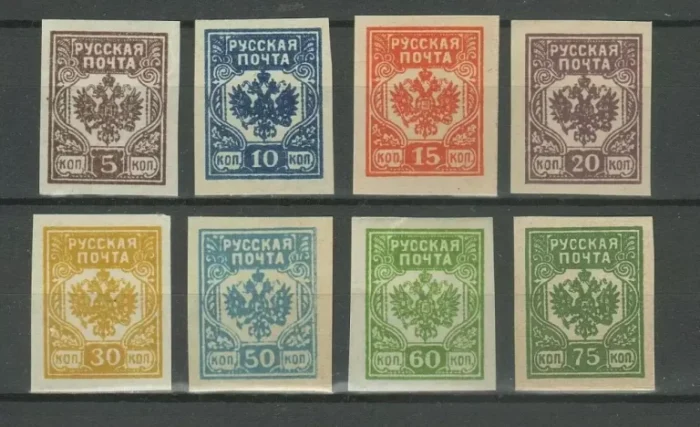
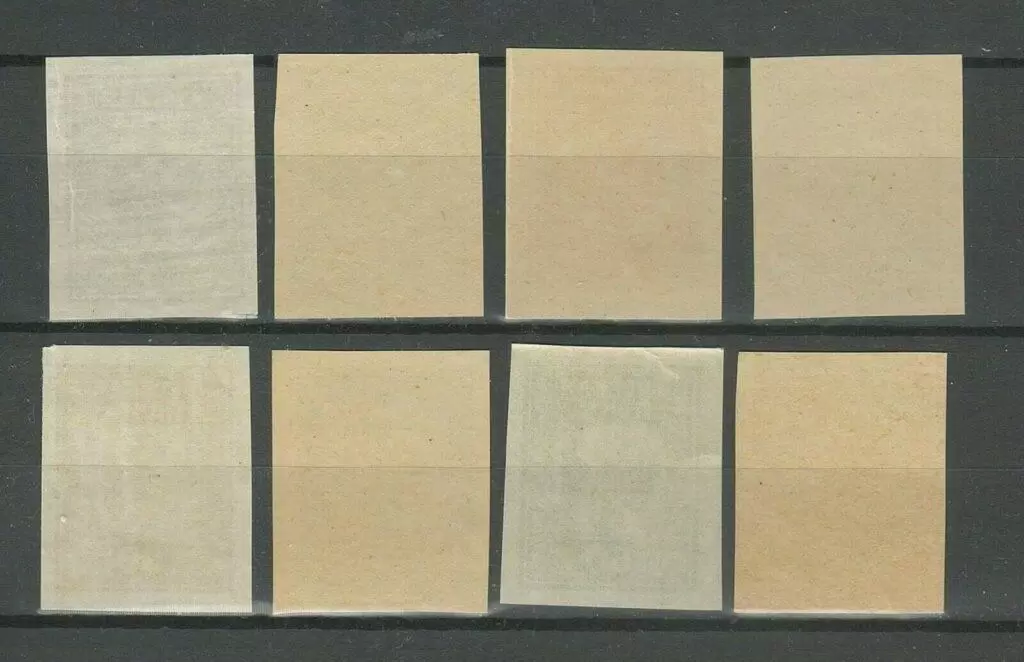
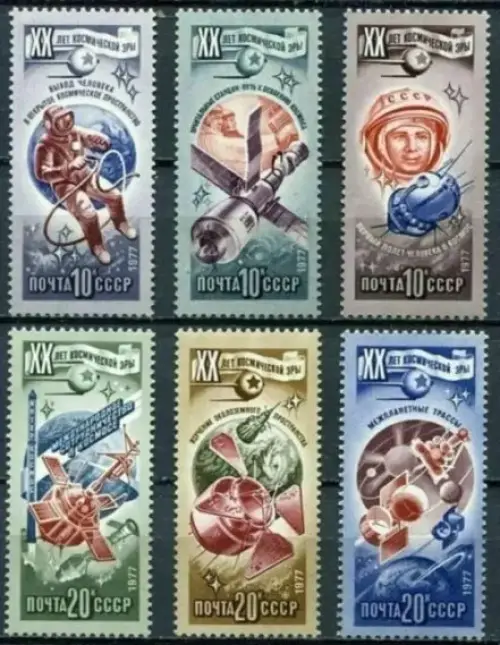

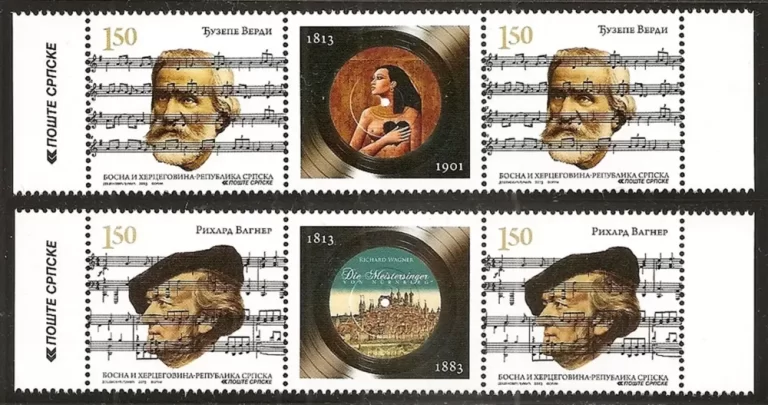
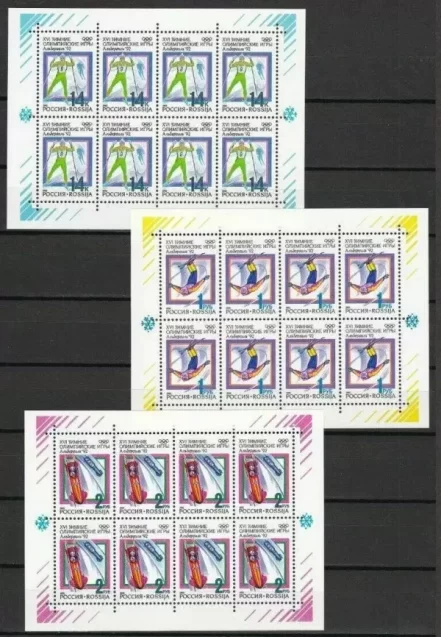
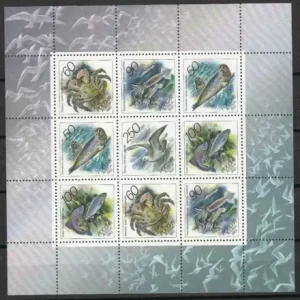
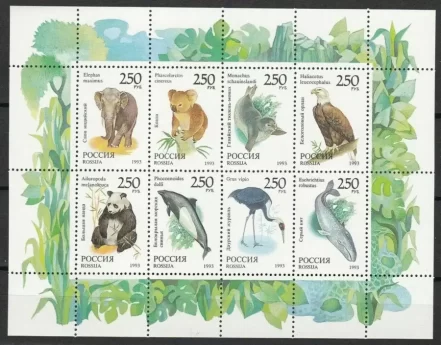
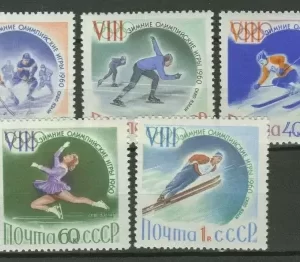

Reviews
There are no reviews yet.